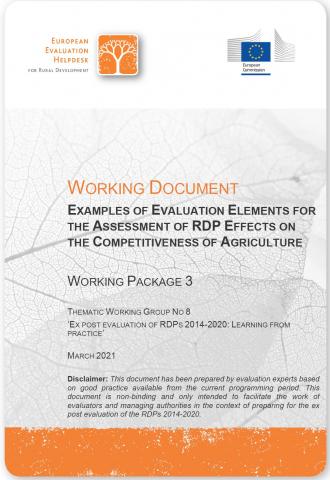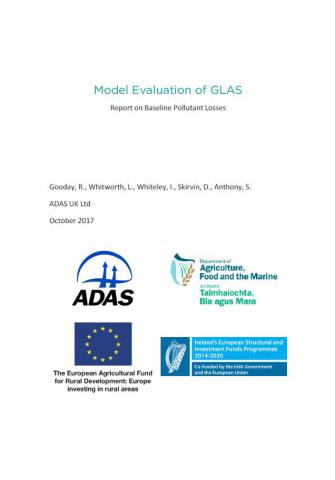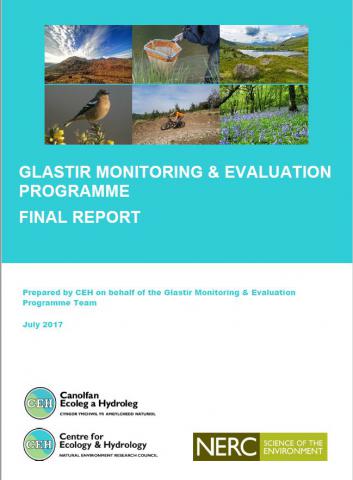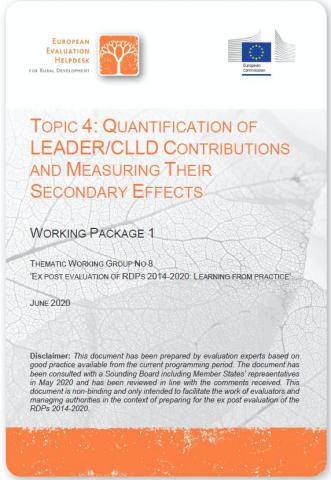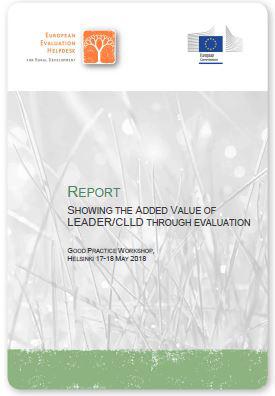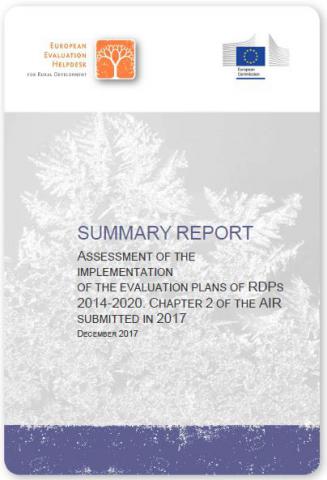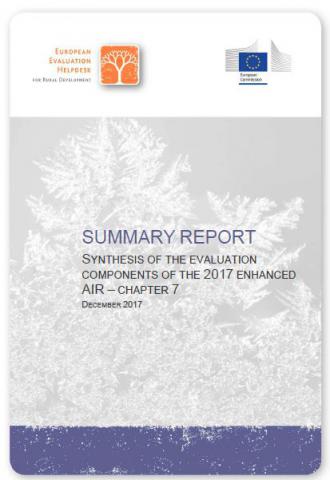
The purpose of this study is to establish an integrated methodology for evaluating the impact of incentive schemes on climate change adaptation for biodiversity at a national, landscape and farm scale. This will consider; how the schemes are operated, how action is targeted, where options are located and whether option prescriptions suit. At the finer farm scale, the contribution of AE schemes to ecosystem based adaptation will also be evaluated.
The study evaluates the spatial distribution of different types of management under AE agreements nationally against a range of spatial datasets relevant to climate resilience and vulnerability, to understand whether existing agri-environment management options are ‘broadly in the right place’ for different adaptation priorities. The study then extends this approach to develop and test a methodology for identifying and evaluating adaptation at the farm level.
The study will result in a methodology that will be incorporated into future AE scheme monitoring and a national baseline dataset to compare future change.

